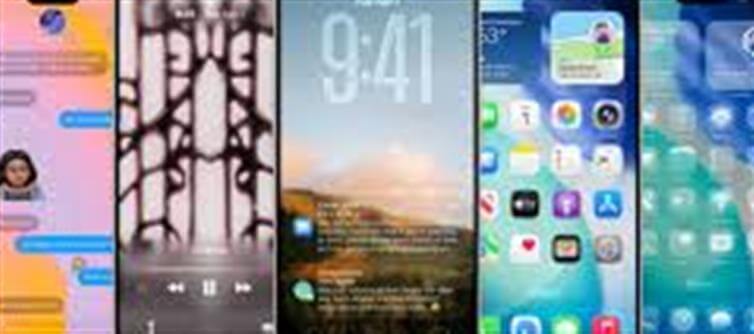
Apple’s much-anticipated iOS 26 update was recently rolled out, promising new features and enhanced performance for iphone users. However, many users have reported several issues after upgrading to iOS 26, leaving them frustrated and searching for quick solutions.
Common Problems After Updating to iOS 26
Despite the exciting new features, the update has come with a few hiccups:
· Rapid Battery Drain: Many users noticed that their iphone batteries are draining much faster than before, even with minimal usage.
· Calls Not Ringing: Several complaints have come in about incoming calls failing to ring or notify, causing missed calls and communication troubles.
· Camera Glitches: Users have reported camera apps freezing, slow response times, and unexpected crashes when trying to capture photos or videos.
· Performance Lag: Some iPhones, especially older models, are experiencing sluggishness, with apps taking longer to open or respond.
· Connectivity Issues: Problems with Wi-Fi dropping or Bluetooth devices not connecting properly have also been highlighted.
Why Are These Issues Happening?
New software updates often bring changes to the system’s core, which sometimes lead to conflicts with existing apps or settings. Specifically:
· Background processes may consume more power initially as the system indexes new data.
· Some app incompatibilities cause erratic behavior until developers release patches.
· Cached files and system settings from the old iOS version can conflict with the new one.
· System glitches may occur due to incomplete or interrupted installation.
One-Click Solution to Get Relief: Reset All Settings
If you’re struggling with these problems, there’s a simple, effective fix that can often resolve many post-update issues — Reset All Settings. This method does not delete your personal data like photos, contacts, or apps, but it restores system settings (like Wi-Fi passwords, wallpaper, and privacy settings) to their defaults.
How to Reset All Settings on Your iPhone:
1. Open the Settings app on your iPhone.
2. Scroll down and tap on General.
3. Scroll to the bottom and select Transfer or Reset iPhone.
4. Tap Reset.
5. Choose Reset All Settings.
6. Enter your device passcode if prompted.
7. Confirm your choice.
What Happens After Resetting?
· Your iphone will restart.
· All customized settings will revert to factory defaults.
· Connectivity settings like Wi-Fi and Bluetooth will be reset, so you’ll need to reconnect devices.
· Most common glitches caused by corrupted settings or conflicts will be resolved.
· Battery performance usually improves after the reset.
Additional Tips:
· Make sure your iphone is fully backed up before performing any reset.
· Update all your apps to the latest versions from the App Store.
· Restart your phone regularly after the reset to ensure smooth functioning.
· If problems persist, consider contacting apple Support for advanced troubleshooting.
Conclusion
While the iOS 26 update brings exciting new features, initial bugs and glitches are normal in any major software rollout. If you are experiencing battery drain, call issues, or camera glitches, the Reset All Settings option is a quick, one-click way to bring your iphone back to smooth operation without losing your personal data.
Stay patient, keep your device updated, and enjoy the enhanced iOS experience!
Disclaimer:
The views and opinions expressed in this article are those of the author and do not necessarily reflect the official policy or position of any agency, organization, employer, or company. All information provided is for general informational purposes only. While every effort has been made to ensure accuracy, we make no representations or warranties of any kind, express or implied, about the completeness, reliability, or suitability of the information contained herein. Readers are advised to verify facts and seek professional advice where necessary. Any reliance placed on such information is strictly at the reader’s own risk..jpg)




 click and follow Indiaherald WhatsApp channel
click and follow Indiaherald WhatsApp channel